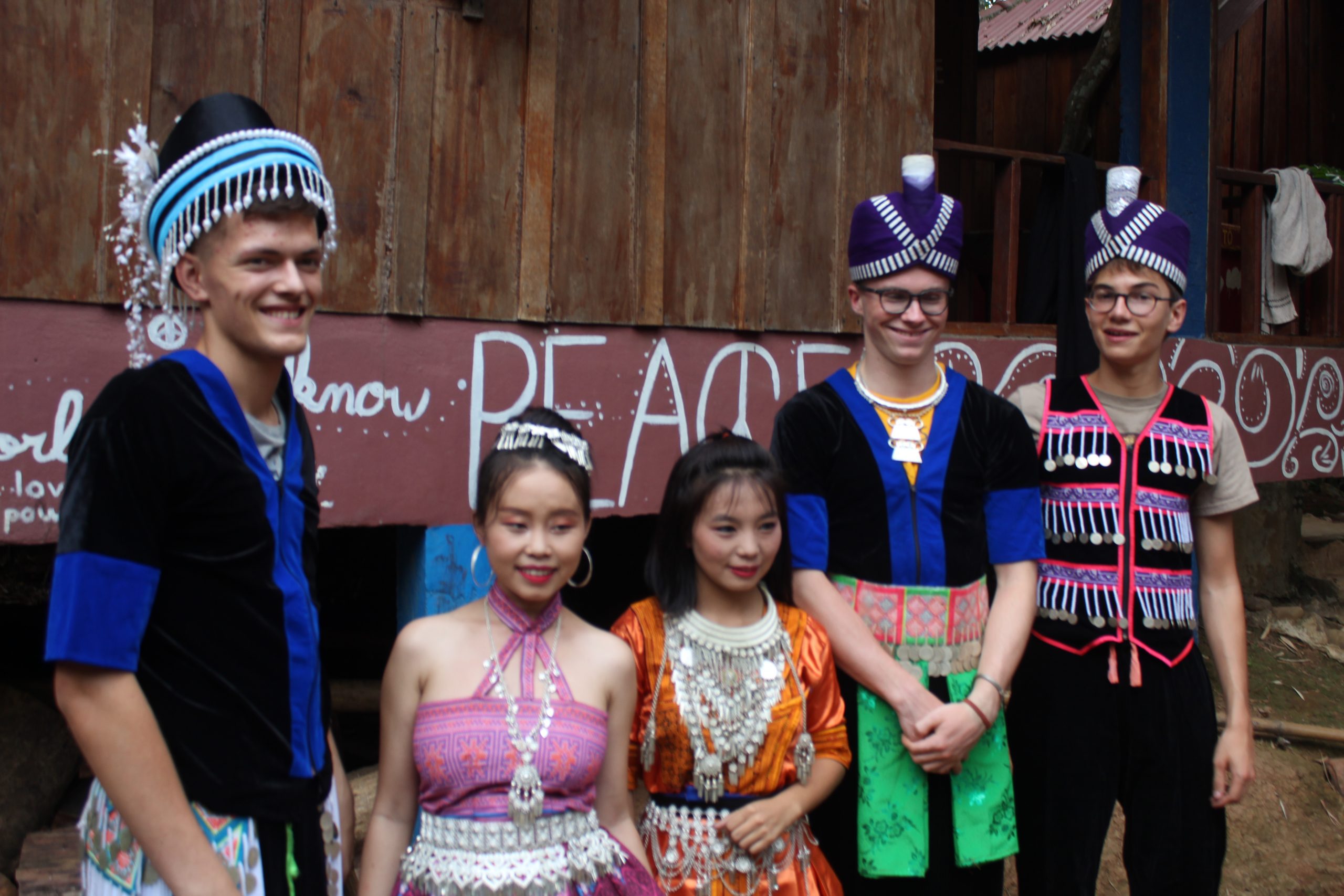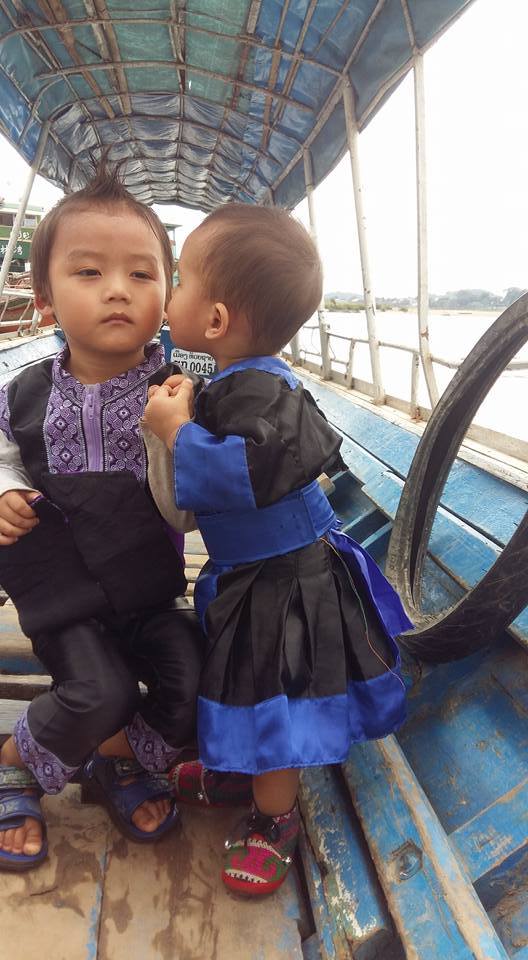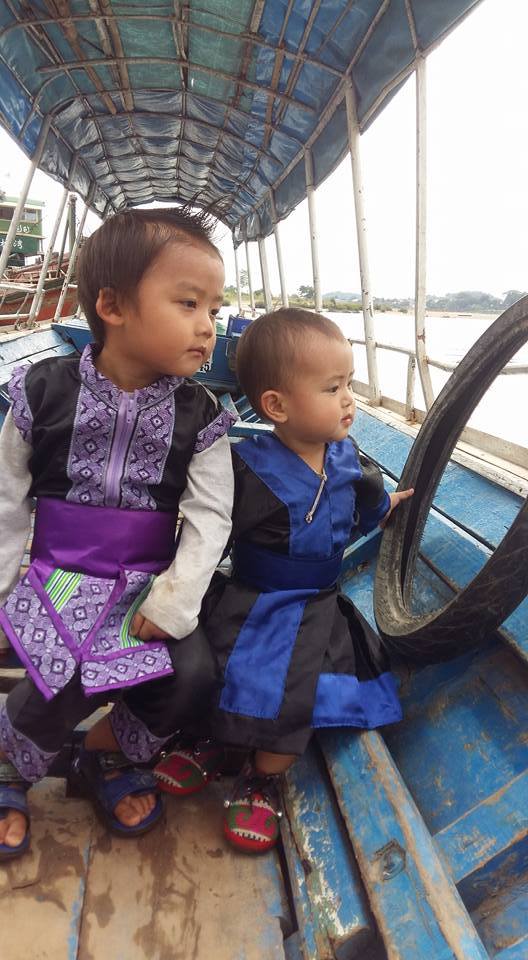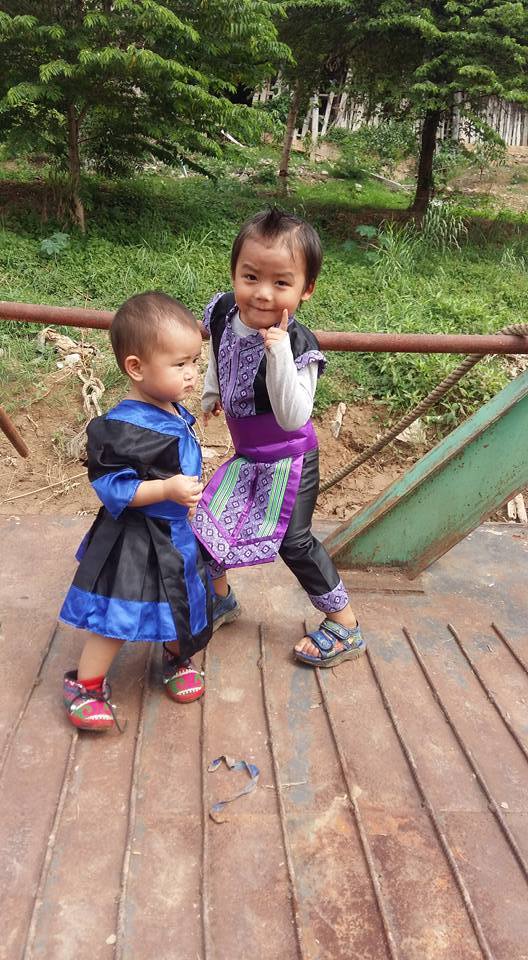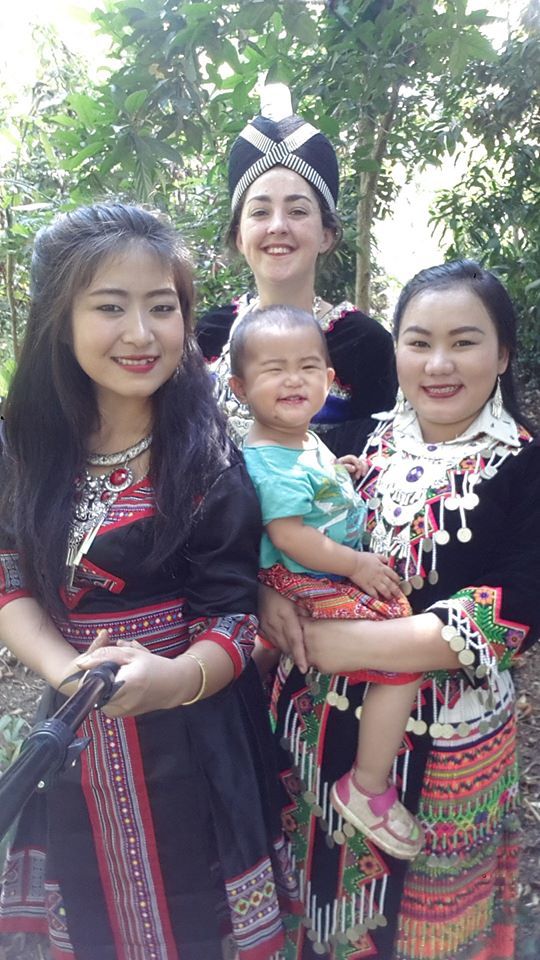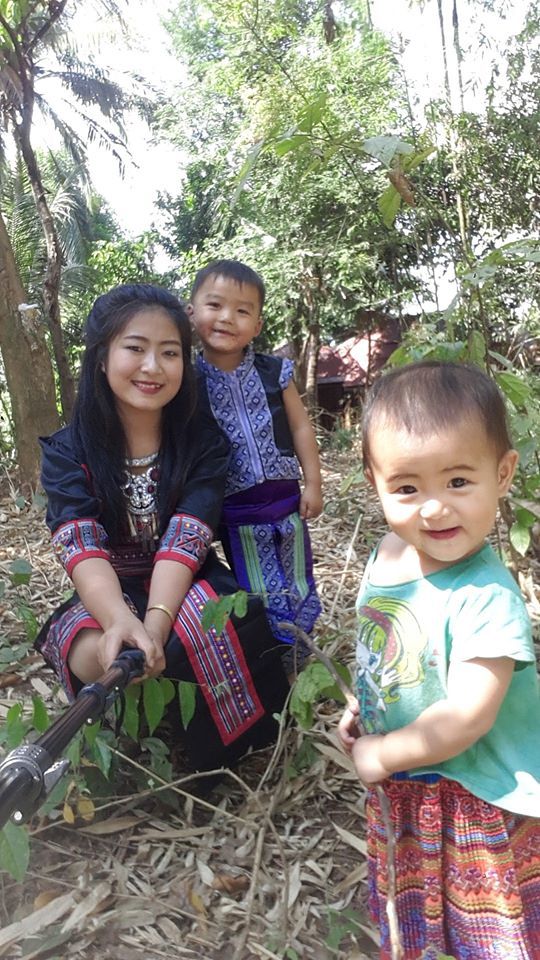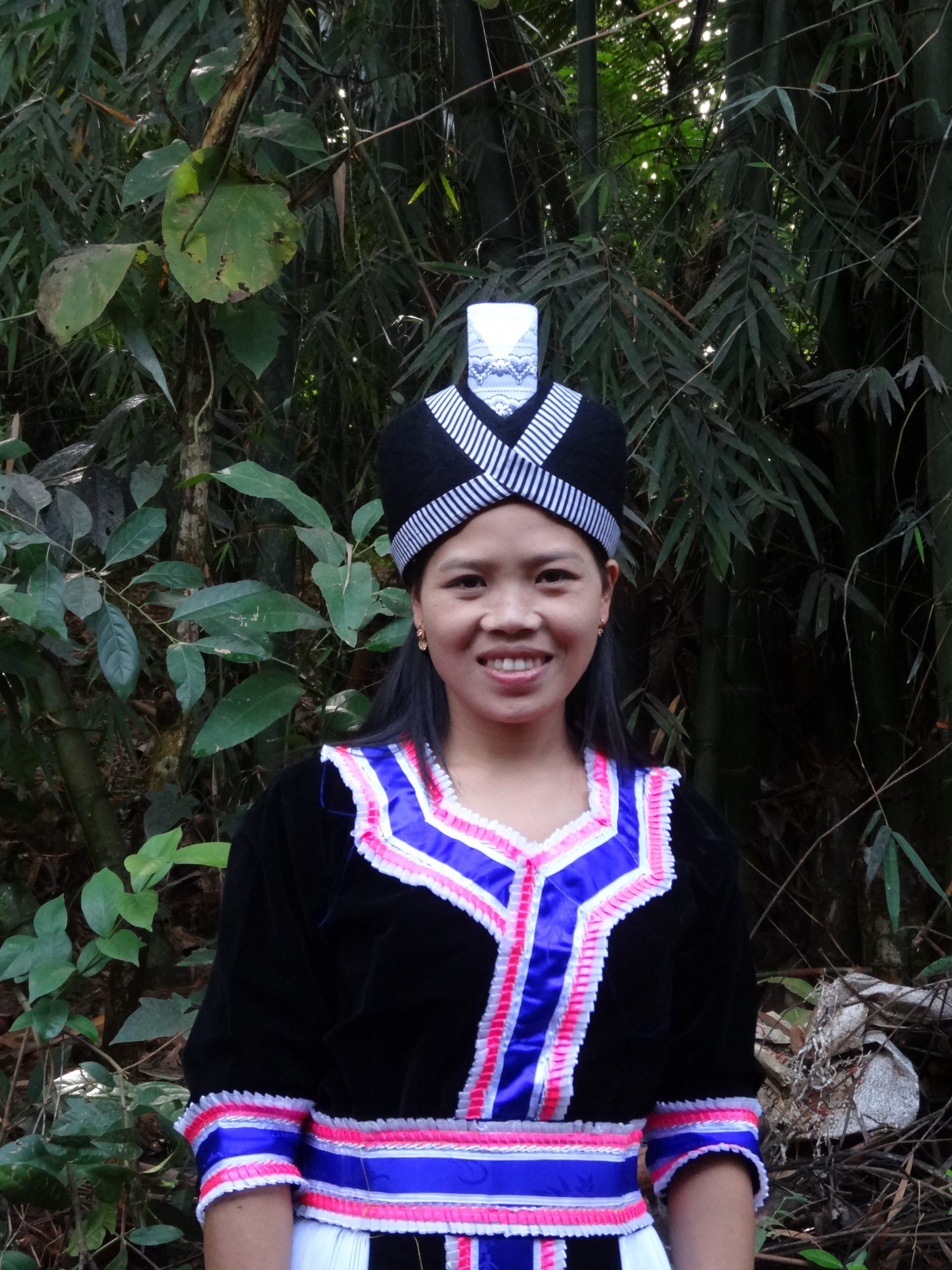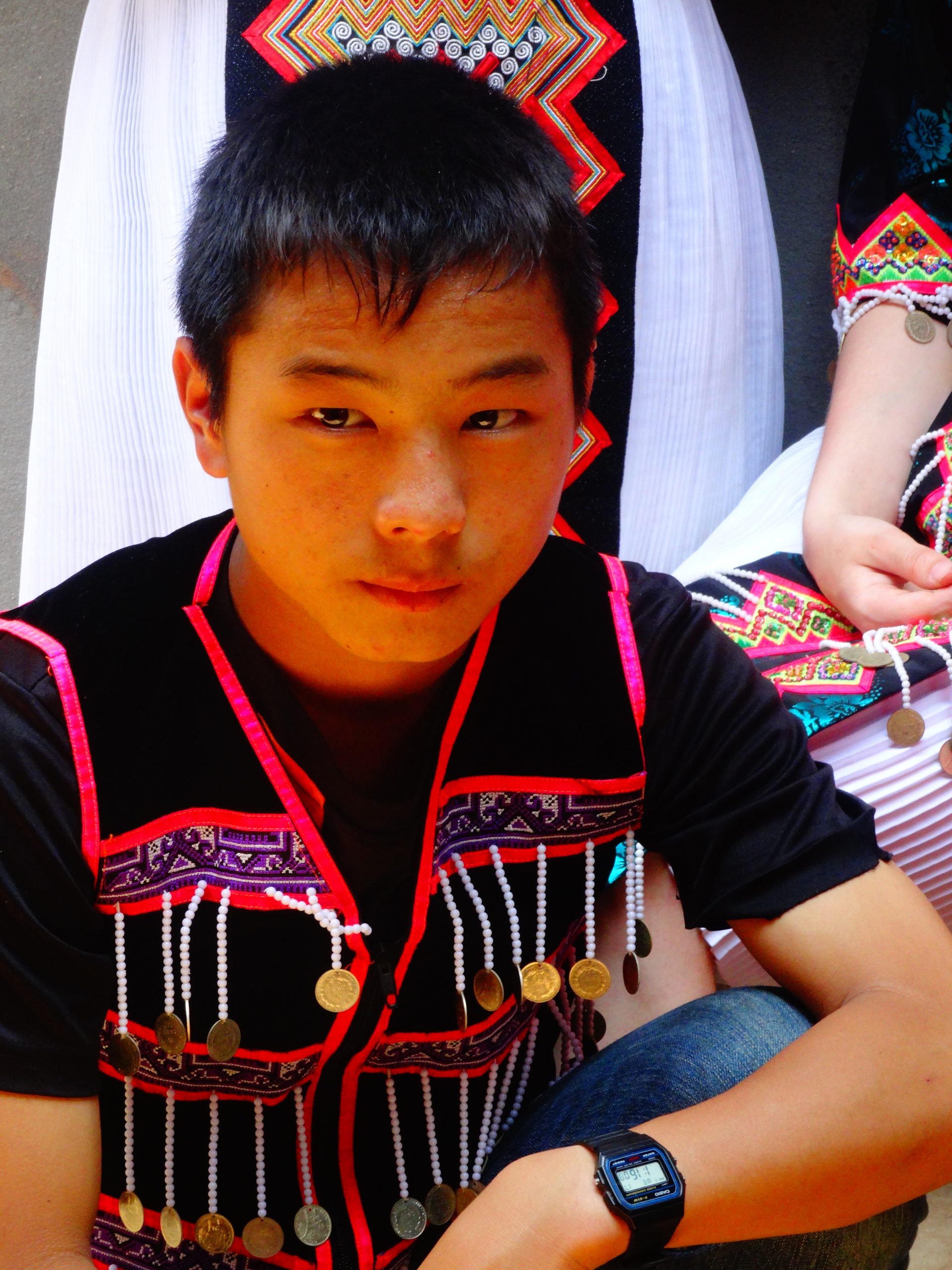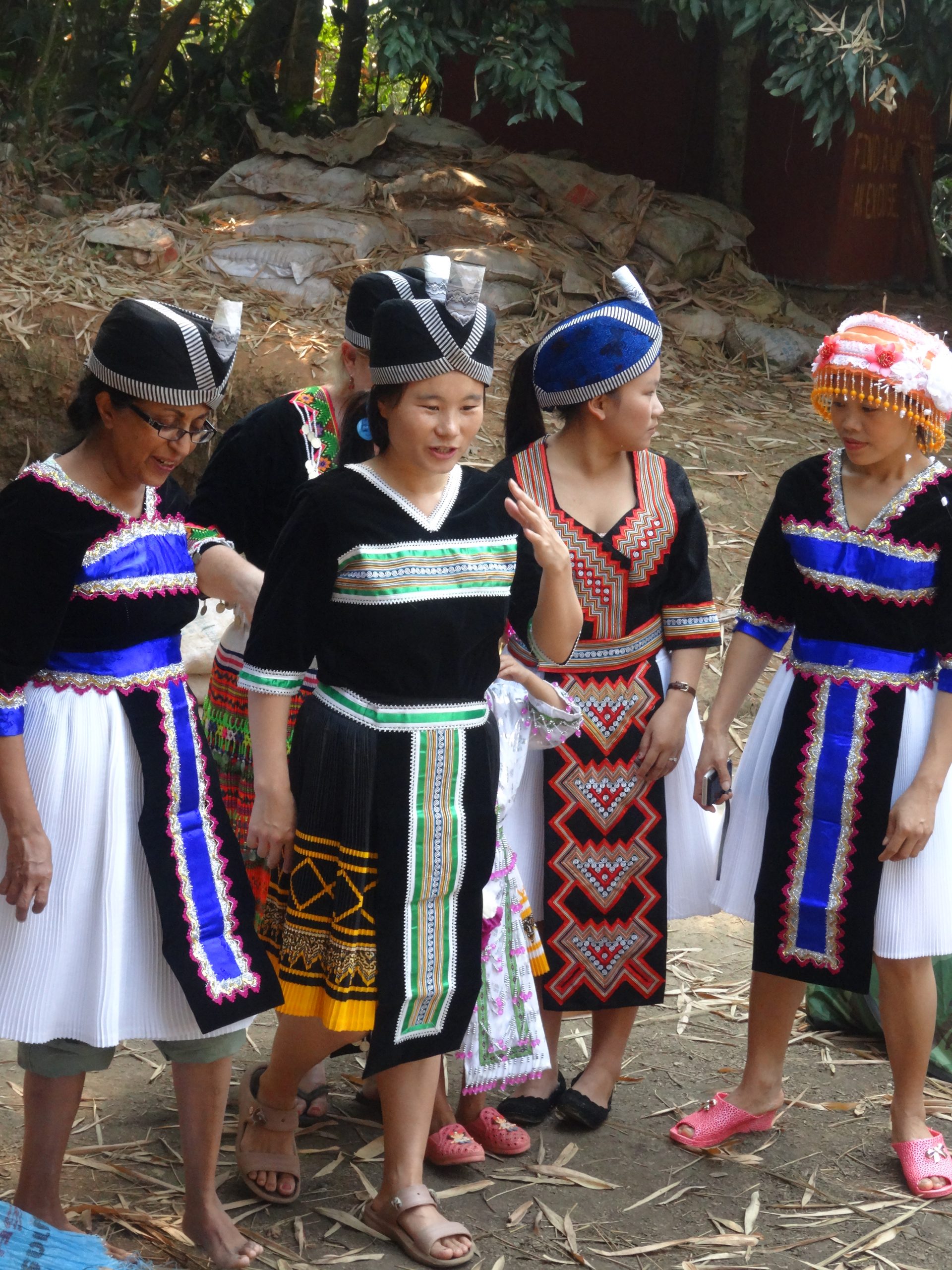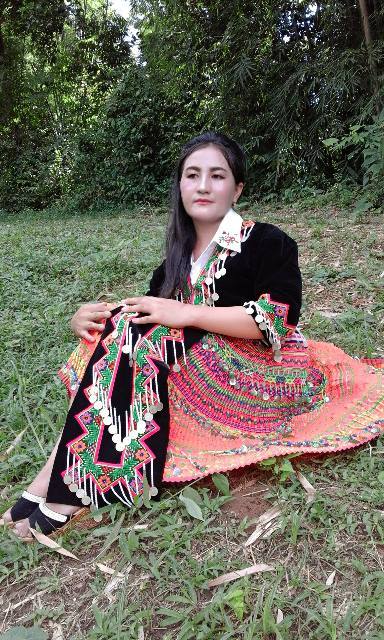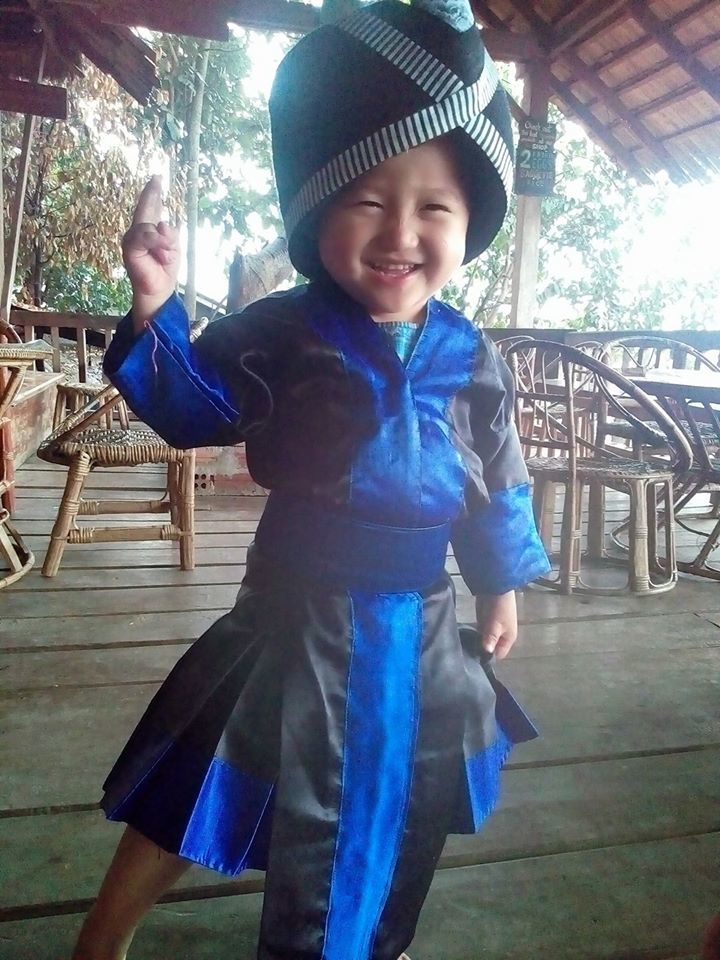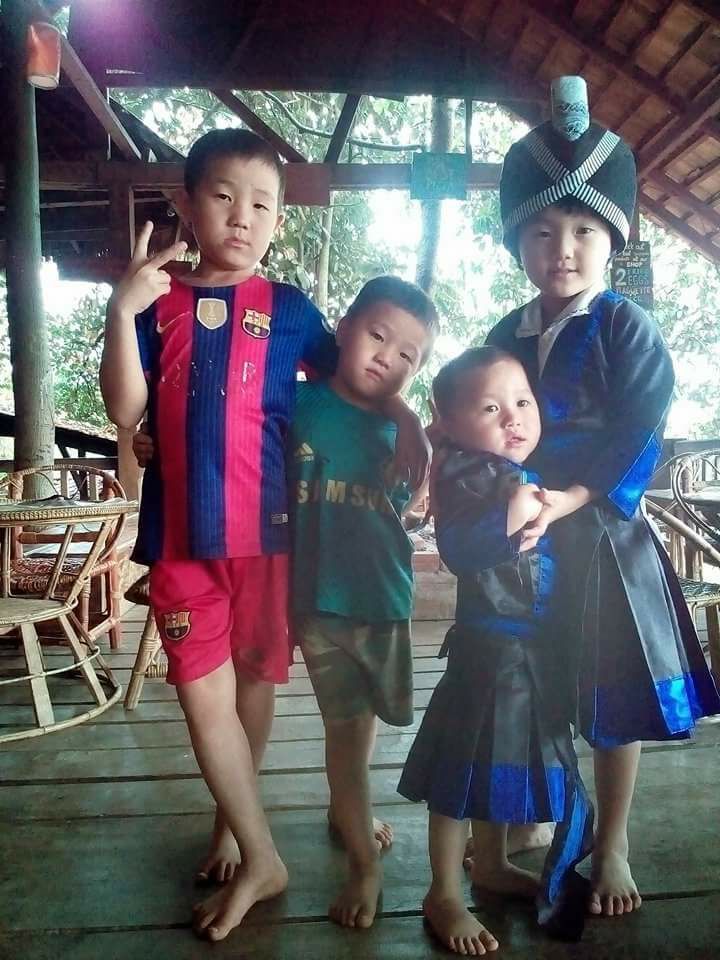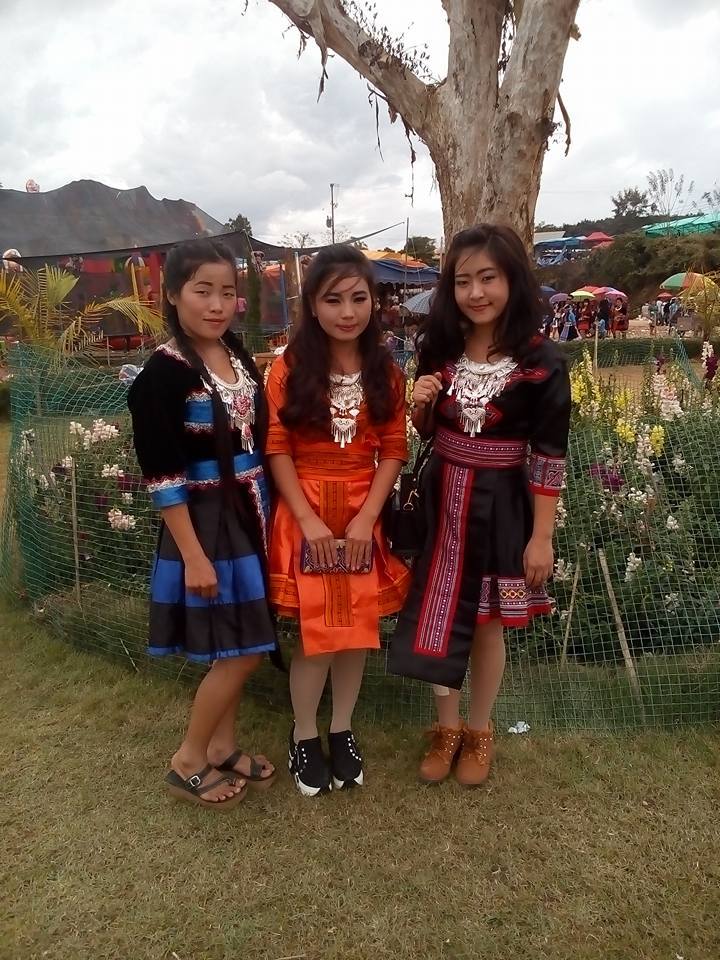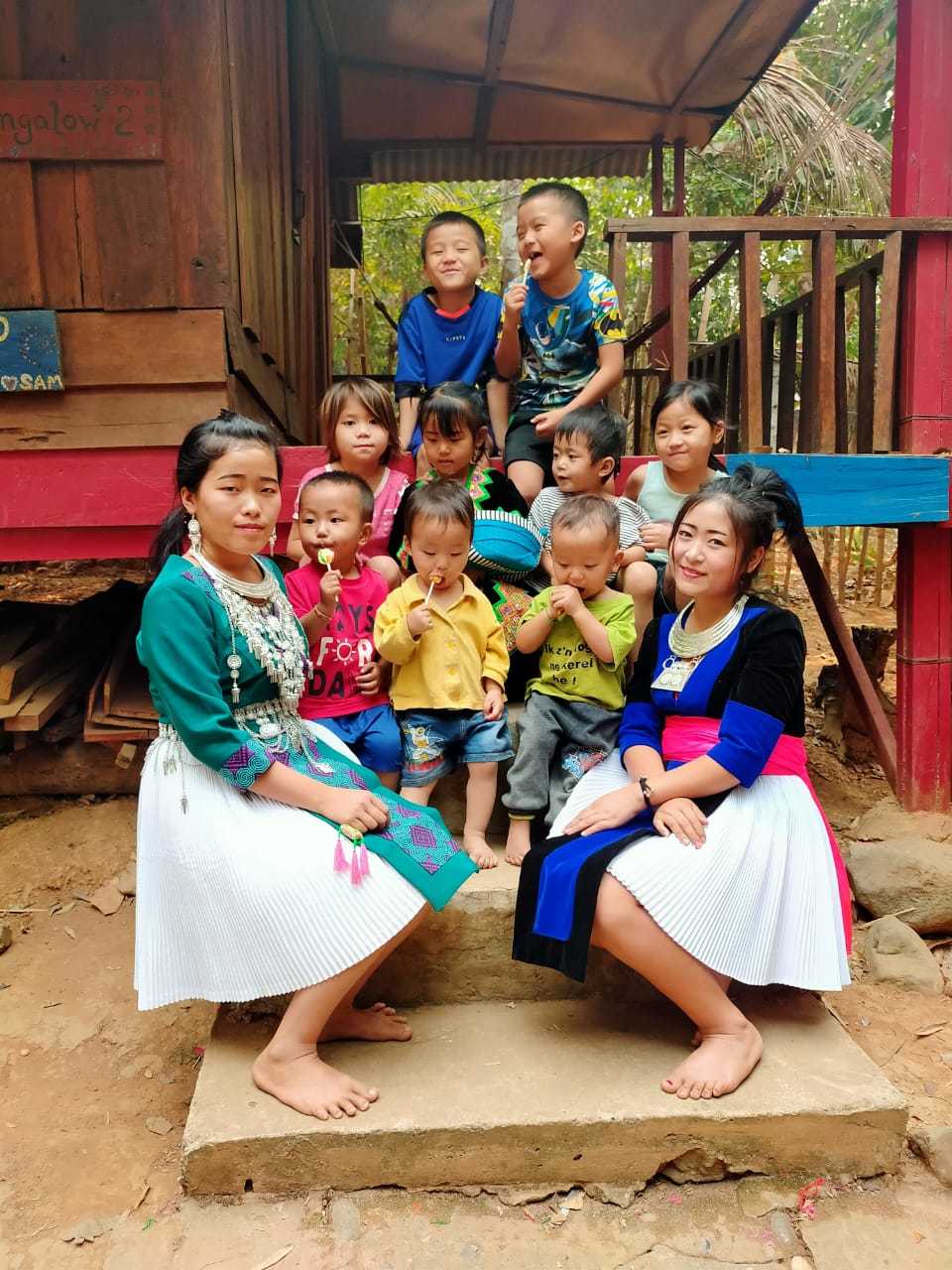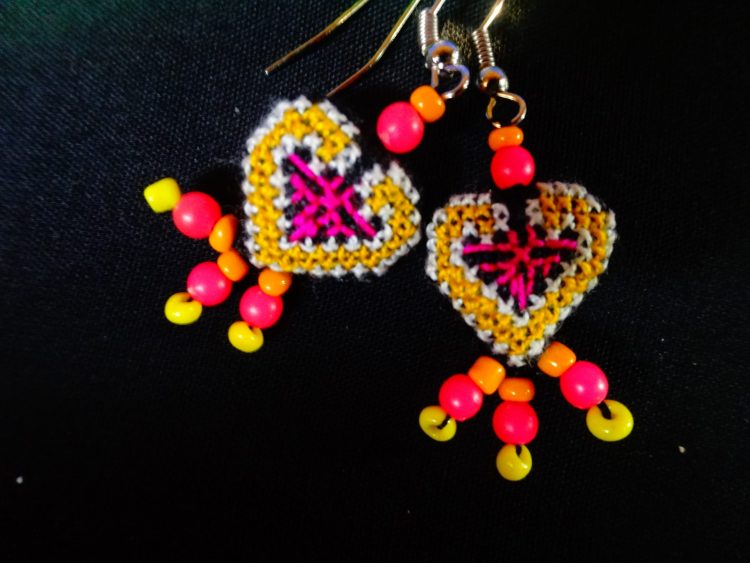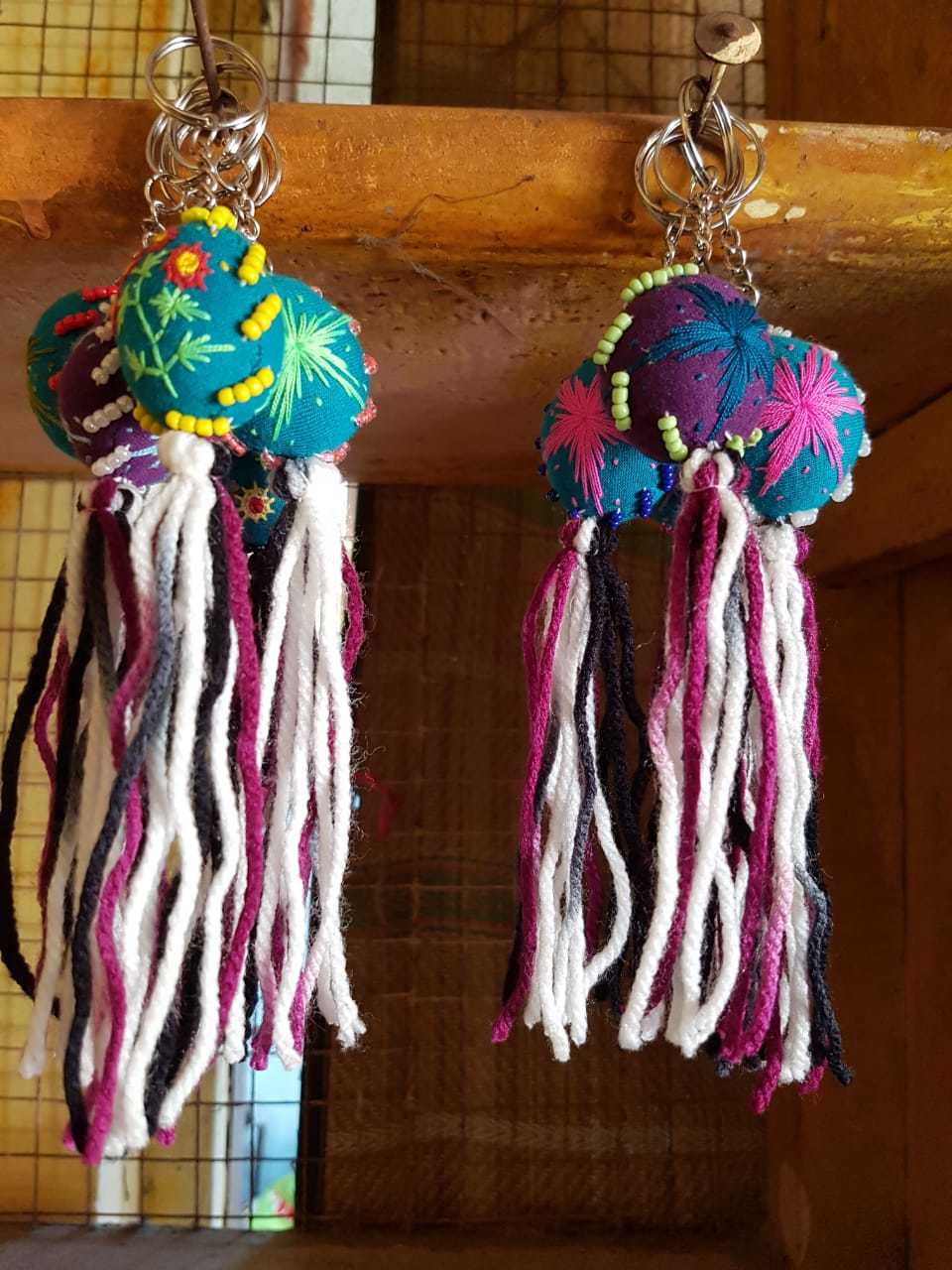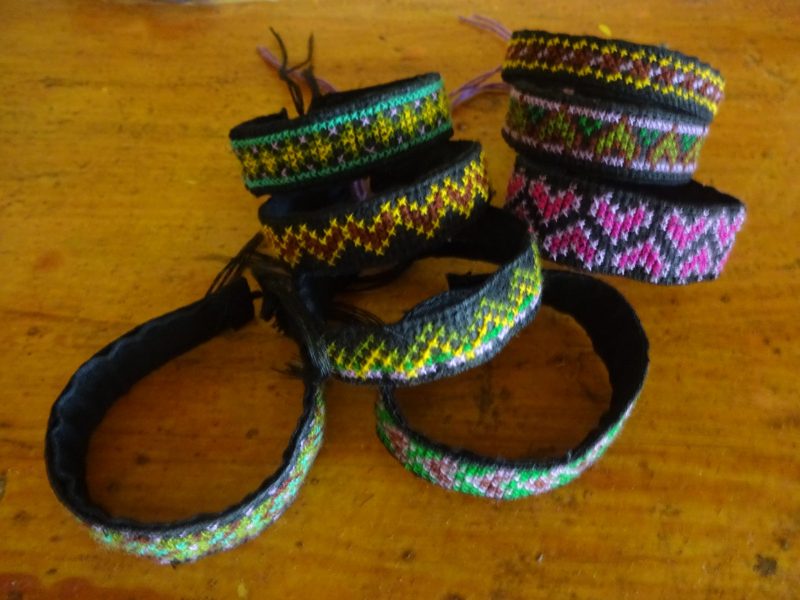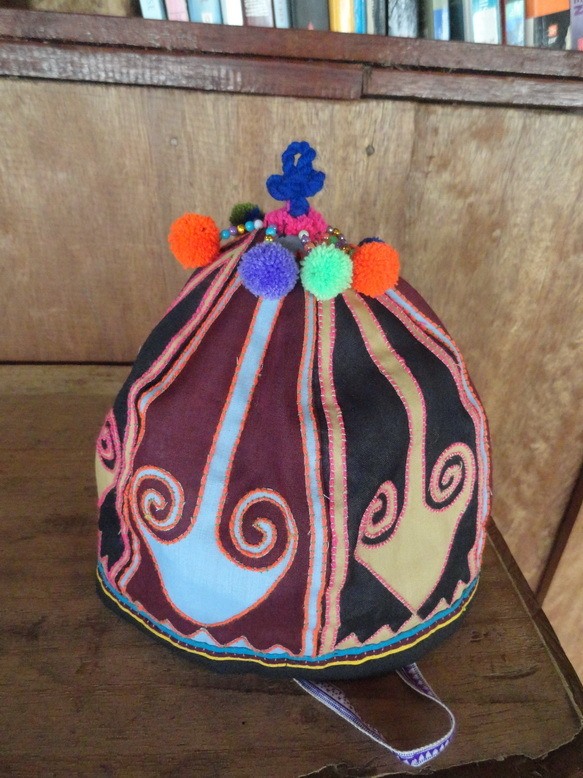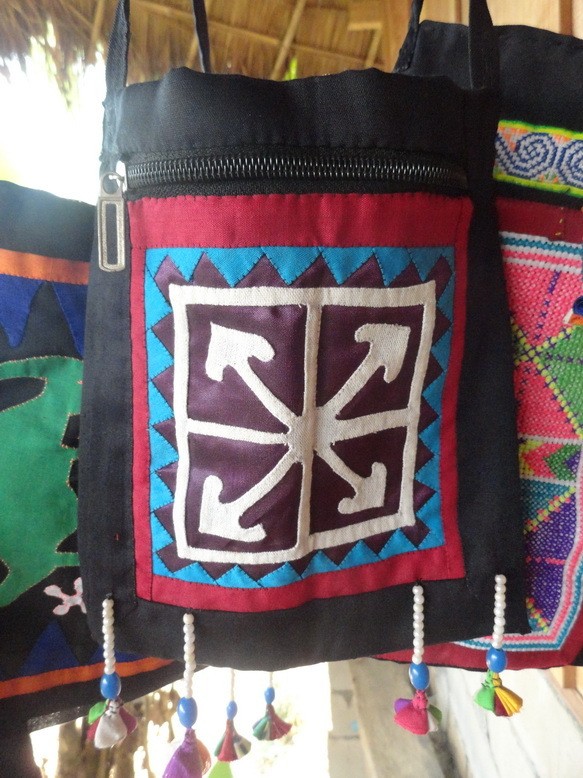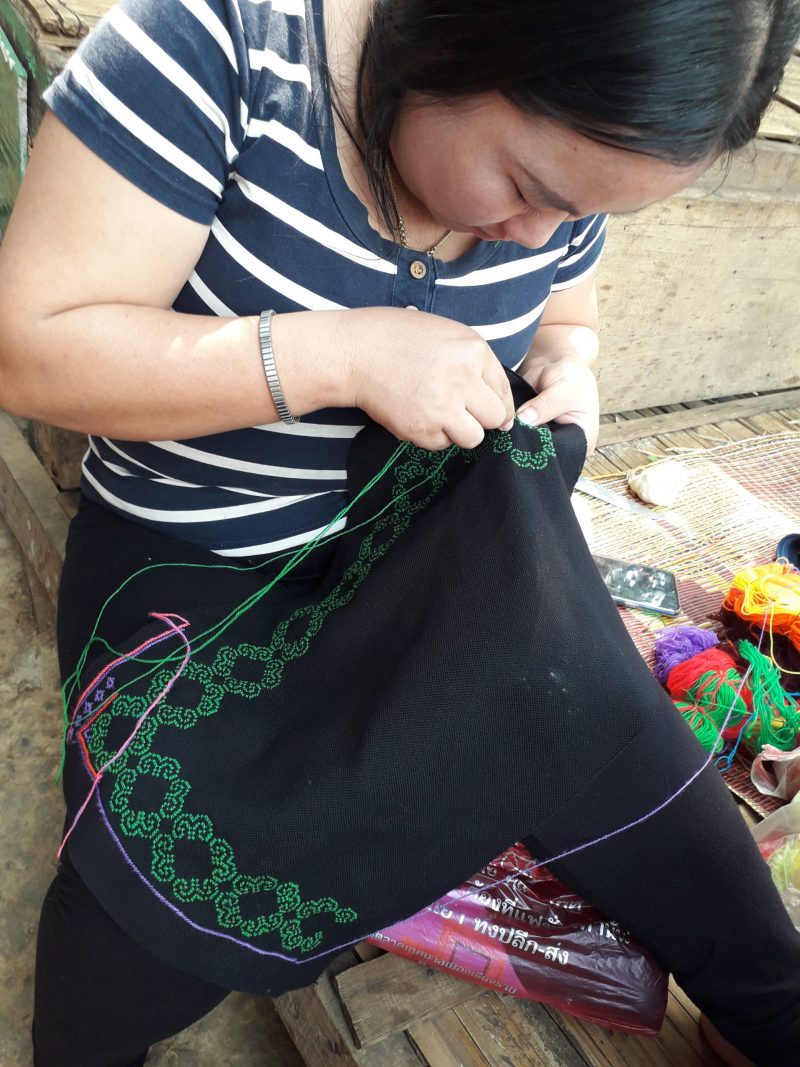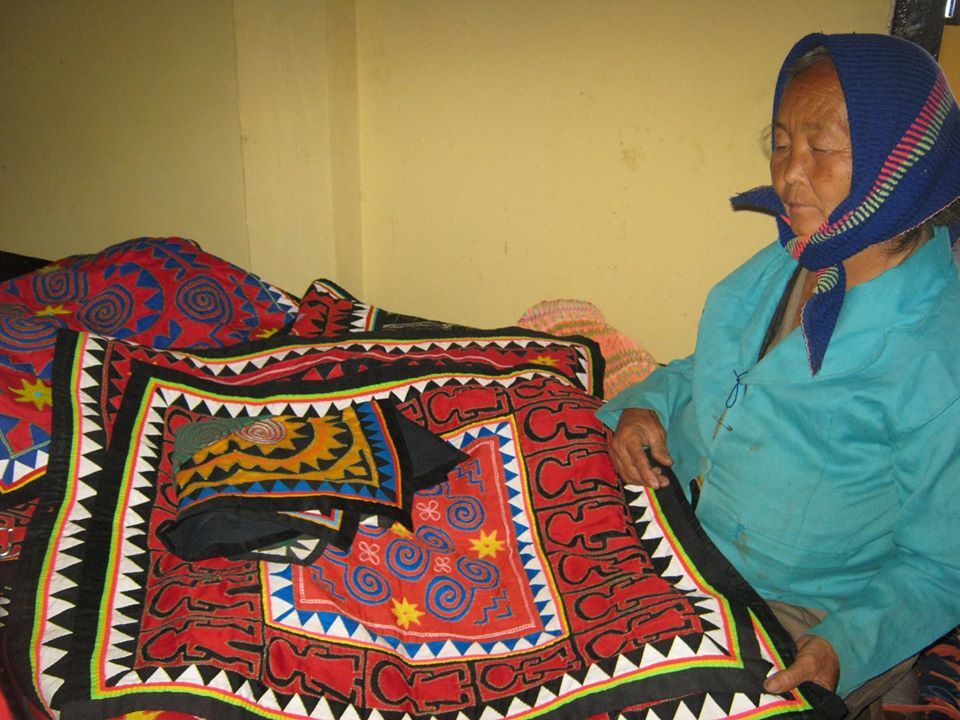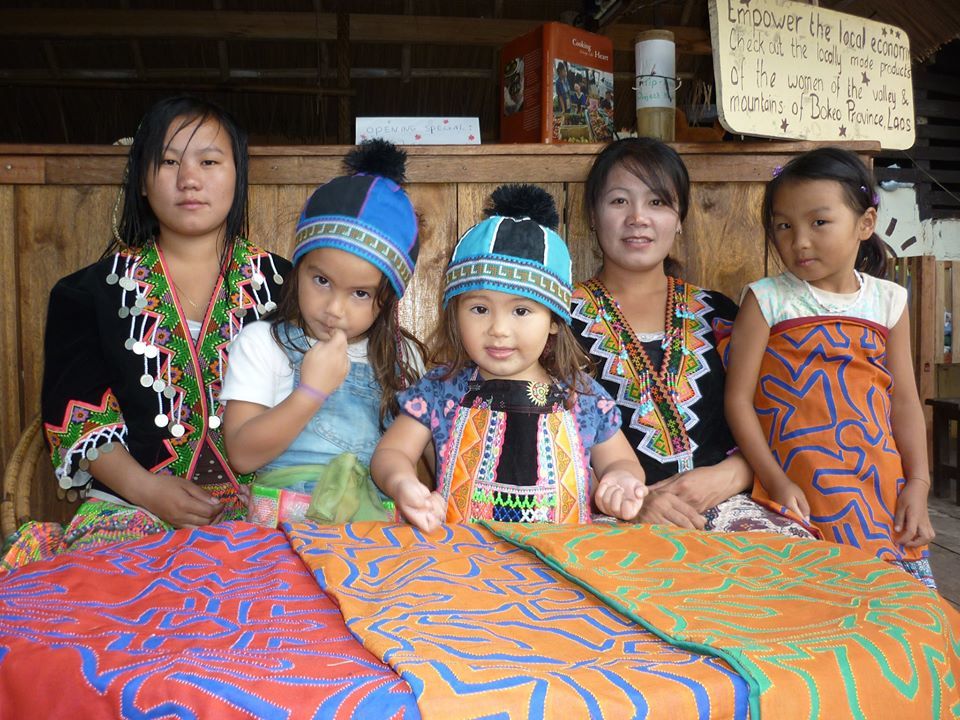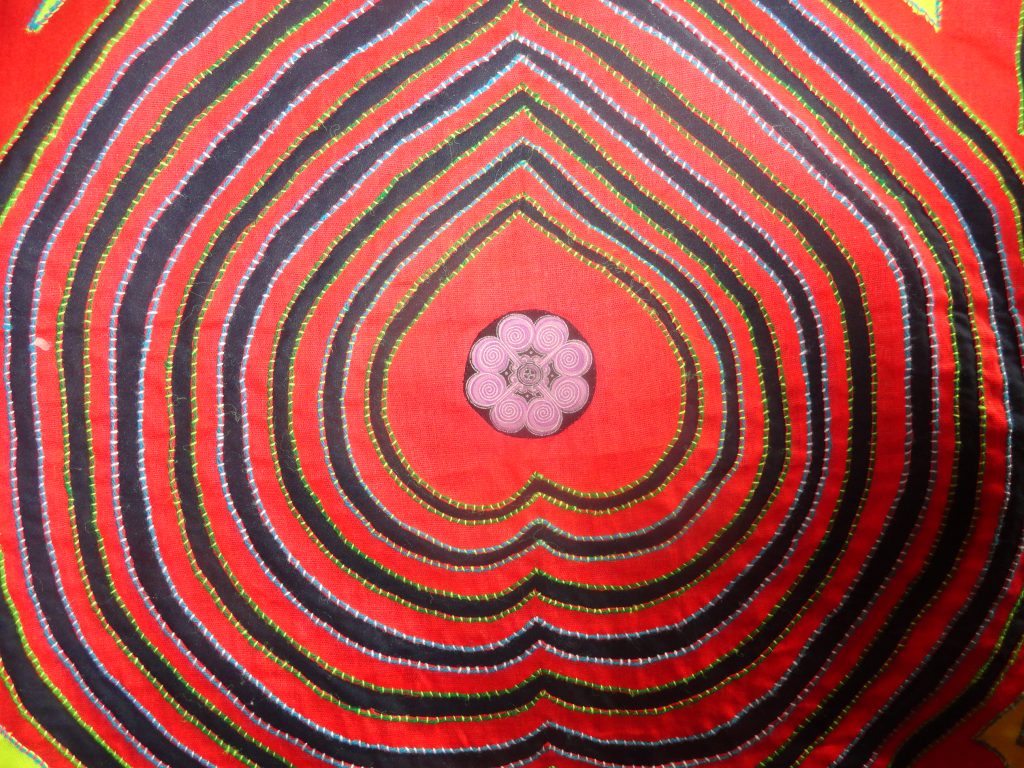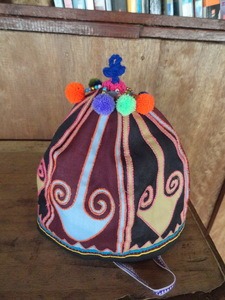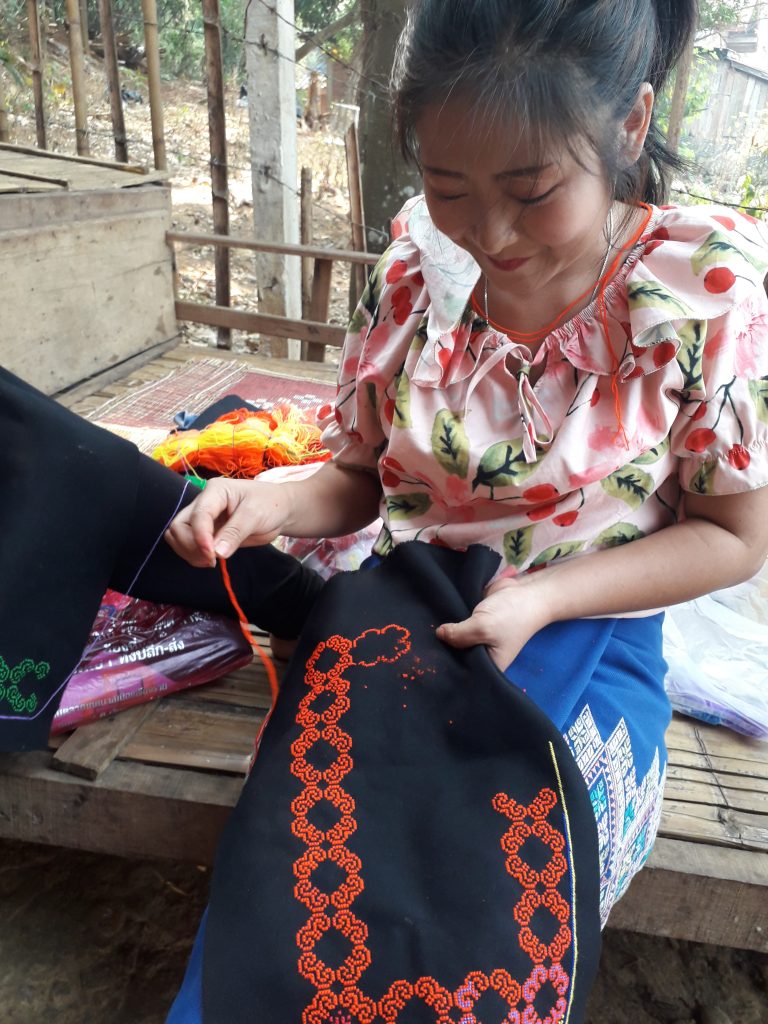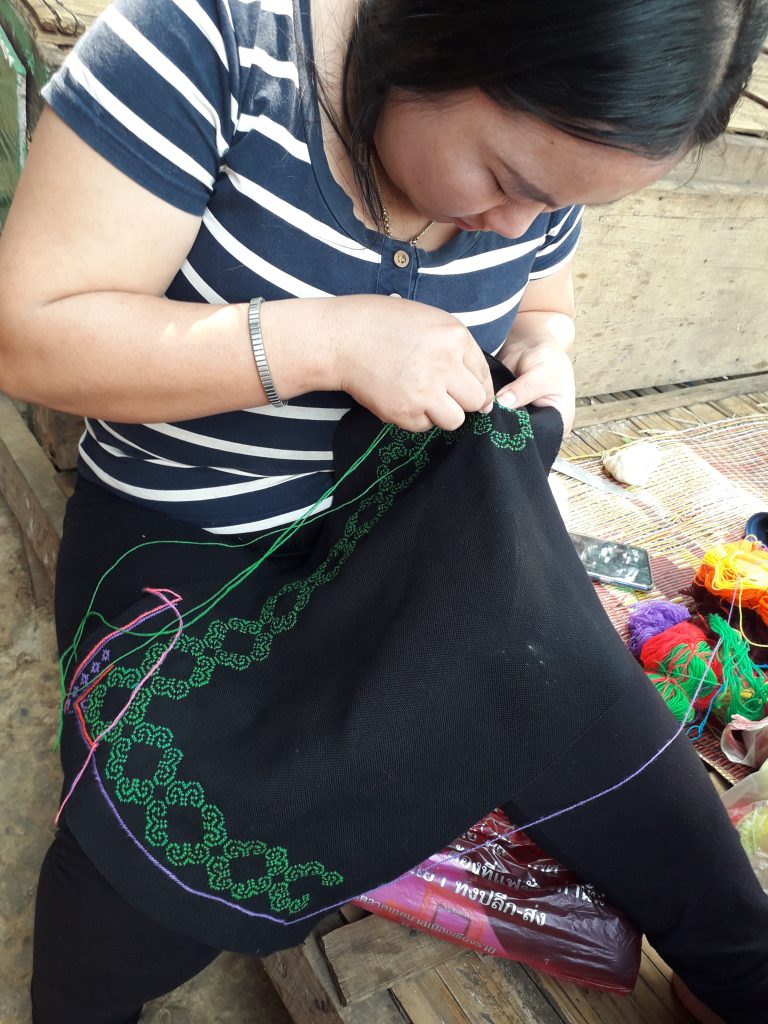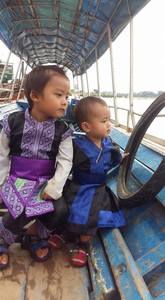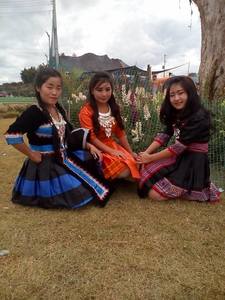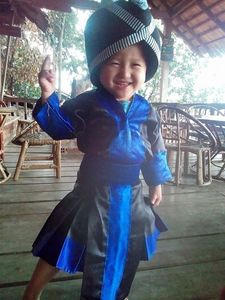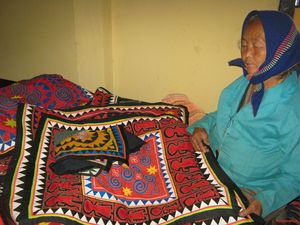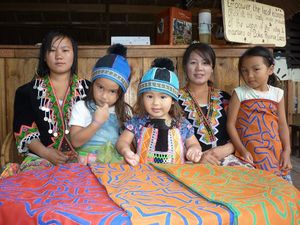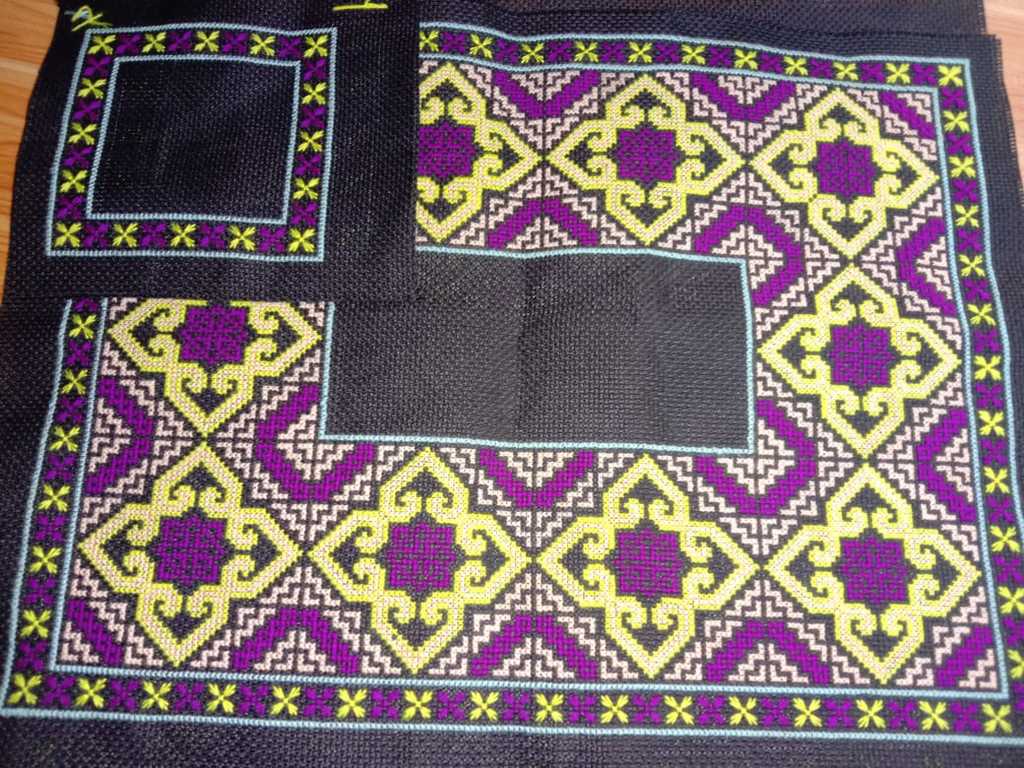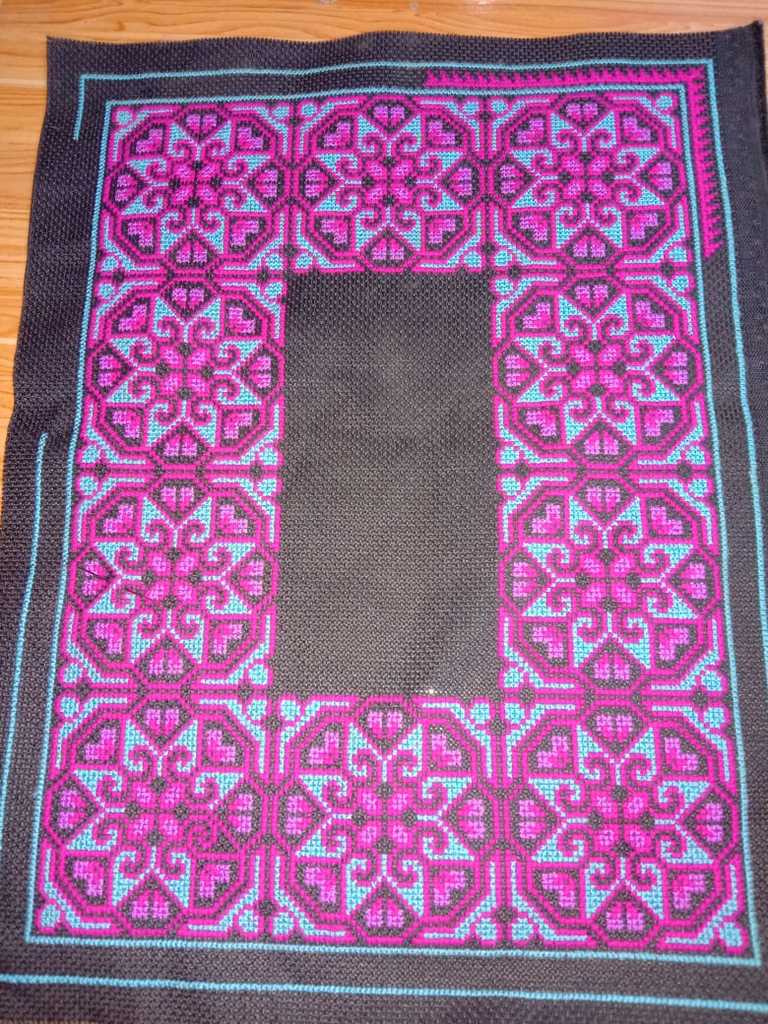Hmong Traditions
Hi!
We are Hmong Lao people and our traditions are very important for us. The traditions keep us together and make us help each other in all times.
During special days we also have traditional clothes and we wanted to show you some of them!
Traditionally, Hmong embroidery is used as a form of decoration on clothing to make it bright and beautiful. Hmong embroidery includes bright colors: pinks, reds, greens, as well as blues, and these are sometimes used to contrast with the colors of yellow and brown overlaid with white. From a young age, Hmong girls learn how to sew and copy motifs from their mothers and grandmothers. Girls with impressive embroidery skills are admired for their potential ability to sew beautiful clothes for their future husband and family members.
In the past, when a girl got married, she was always responsible for sewing clothes for everyday wear as well as new clothes prior to the Hmong New Year celebration for her family. On New Year’s Day, a Hmong family wears their new clothes to celebrate the festivities. This is for good luck, health, and prosperity.
Hmong embroidery has changed over the years. Hmong women adapted traditional motifs, and developed new styles of paj ntaub and crafts for commercial purposes, especially targeted to tourists and the Western market. From traditional textile decorations on clothes, they developed tapestries or story cloths.
The squares normally found on the qua sev, a belt that is traditionally worn on the Hmong women’s waist with Hmong clothes, were also adapted to larger sizes. These oversize squares were transformed into tablecloths, pillowcases, and wall decorations. They also inspired household and accessory items including cup coasters, aprons, bags, jewelry, and stuffed animals. These items are now often sold at local art festivals and craft shows.
In the past, most girls made their own clothes for the Hmong New Year’s celebration. These days they still dress up in their best embroidery clothes to be seen in public with friends, and engage in courtship with boys through ball tossing and folk song singing activities.
The methods and techniques utilized for making Hmong clothes have changed over time. Items are not necessarily sewn by hand any longer. Cotton and synthetic fabrics are now preferred over hemp as the latter is heavy and difficult to find.
At the present time, many Hmong girls don’t have the time and/or opportunity to learn how to make paj ntaub as their elders once did. Many elders do not have time to teach these traditions to their grandchildren. For the reasons above, the Hmong art of making paj ntaub may be lost among future generations.
We at Kajsiab try to save the traditional knowledge by encouraging the women and girl to make embroideries in our Women's Workplace and sell it in our shop. You can also help by buying products in our webshop!
We at Kajsiab always wear traditional Hmong clothes during the Hmong Newyear.
The Hmong New Year is an annual celebration that takes place in the fall to honor the ancestors and give thanks for the completion of the year's harvest. Over three days certain rituals are performed to honor the spirits of ancestors and to provide for the health and safety of the current family in the New Year.
Hmong New Year celebrations frequently occur in November and December (traditionally at the end of the harvest season when all work is done), serving as a Thanksgiving holiday for the Hmong people.
During the New Year's celebration, Hmong dress in traditional clothing and enjoy Hmong traditional foods.
In ancient times, the embroidered patterns served double duty -- to
decorate and to communicate. According to oral history, long ago
when the Hmong were still concentrated in China, they could not use their original, written language, which was made up of picture symbols. So the women started sewing the symbols into their skirts to create messages, disguising them as patterns.
Traditional Hmong embroidery used symbols to tell a story.
Many of the meanings have been lost to time, but historians
are trying to save what they can.
Some textiles with specific “way- finding” patterns stitched by family members were elements in burial rituals to help “show the way” back to one's ancestors in the afterlife.
Animism, one of the oldest belief systems in the world, is central to the Hmong people. The textile art that produced has religious and spiritual connections.
Traditional motifs appear on everything from belts to baby carriers to aprons.
They include wall hangings, sofa covers,pillow covers, and fabric story books for children featuring pictures of humans, animals and Hmong and English words.
You can order our hand made products online and help us to care for the 45 people who live currently at Kajsiab, learning new skills and teaching the old traditional skills. By ordering our products you are helping us to empower the Kajsiab People and to save our traditions!




